WD9EWK and balloons
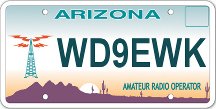
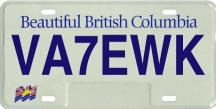
In the Phoenix area, Arizona Near Space Research is a group that has been launching balloons for many years, and most of their flights carry amateur radio payloads that any amateur radio operator can monitor - and sometimes use. Some of the balloon payloads have included a TV transmitter, data transmitters, even a repeater that allows amateur radio operators to use small handheld radios to talk with each other over several hundred miles/km. Some of these flights go over 100000 feet (almost 20 miles, or 32km, high)!
My primary interest is in that repeater. It is very similar in concept to the repeaters carried on amateur radio satellites, except that the ground stations do not need to make adjustments to their transmit or receive frequencies to use the repeater. The ANSR balloons are a great way to test a station before trying one of those satellites.
On past ANSR balloon flights, stations separated by as much as 777 miles (1250km) have made contacts through the repeater. In October 2005, two Mexican stations separated by 477 miles (767km) - Alex XE2BSS in northern Baja California, and Juan Francisco XE2MXZ in northwestern Chihuahua state - made a contact with each other during the ANSR-26 flight. I have used a small VX-2R handheld radio outside my house to make contacts through the repeater, including contacts with both of those Mexican hams during that flight. In July 2003, as I was driving from Phoenix to Flagstaff AZ, I used the ANSR repeater to talk with people.
Here are some maps showing the approximate coverage of the ANSR repeater, when the balloons are launched from central Arizona (south of Phoenix).
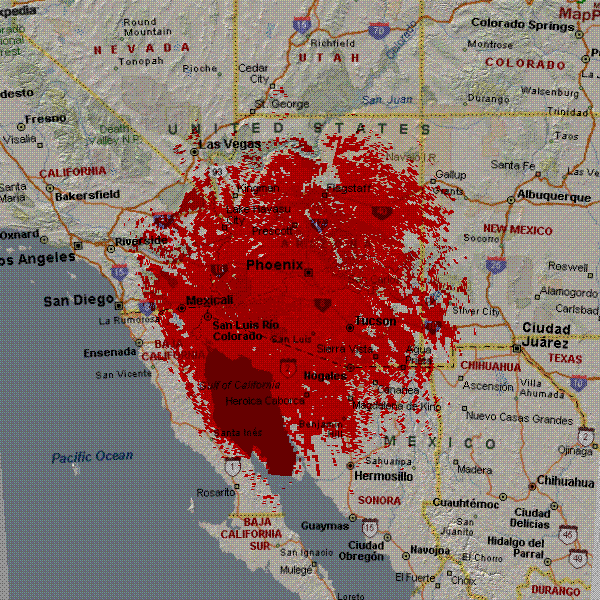
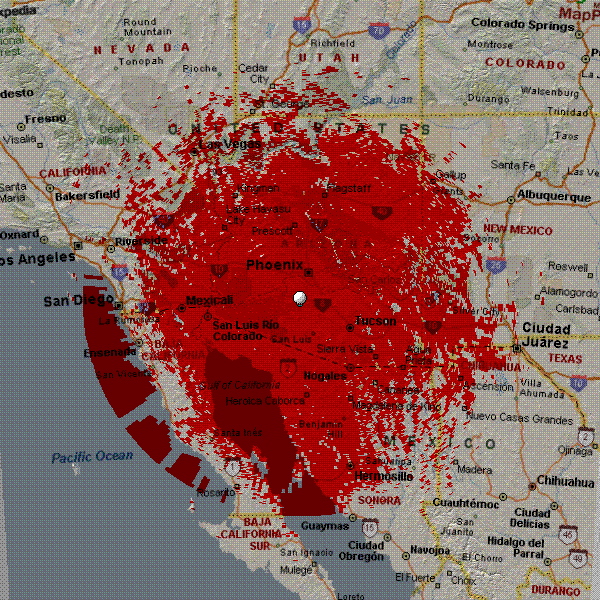
ANSR repeater coverage at 75000 feet (22.8km)
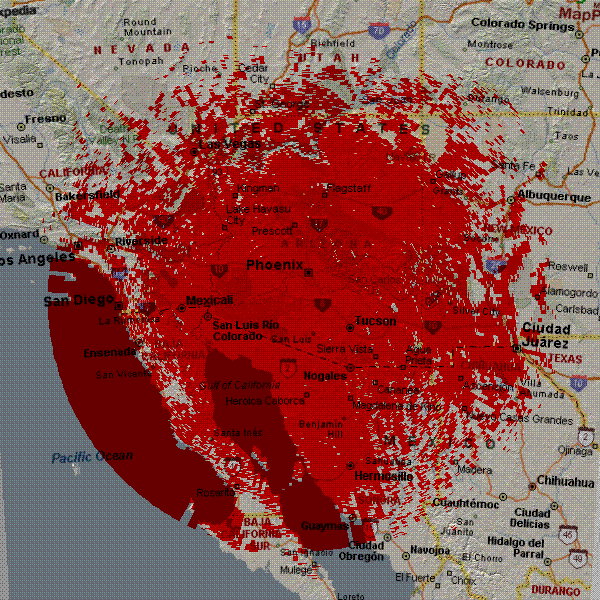
ANSR repeater coverage at 100000 feet (30.5km)
Maps courtesy of Ralph Wallio, W0RPK
On some flights, there is a PSK31 transmitter that sends much of the same information that the APRS transmitter does - except on the HF bands. One flight in June 2004, the PSK31 transmitter operated on 3 HF bands (17m, 20m, 30m) as a test of HF propagation where the transmitter was on a balloon. Being near the launch site, I could copy most of the transmissions easily, and others several hundred miles/km away could do the same thing.
Other flights have carried a television transmitter, providing live video to go along with the data transmitted from the balloons. I have not tried to receive this video, but it is a great idea.